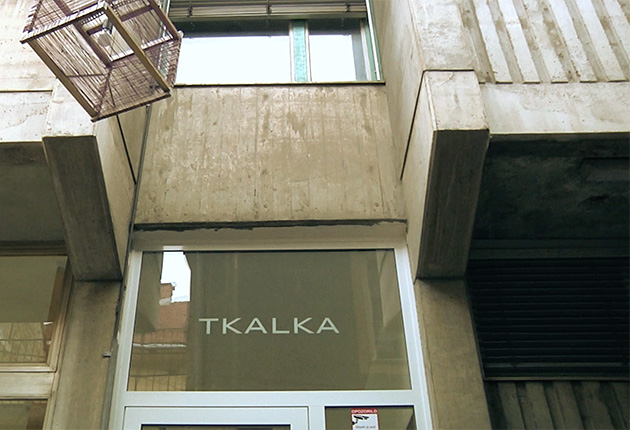
The Centre for Alternative and Autonomous Production is one of the organizations that are now working and collaborating in Tkalka, which is a giant 2500 square meters building in a centre of Maribor.
- 5806
- 02:19

The Centre for Alternative and Autonomous Production is one of the organizations that are now working and collaborating in Tkalka, which is a giant 2500 square meters building in a centre of Maribor.
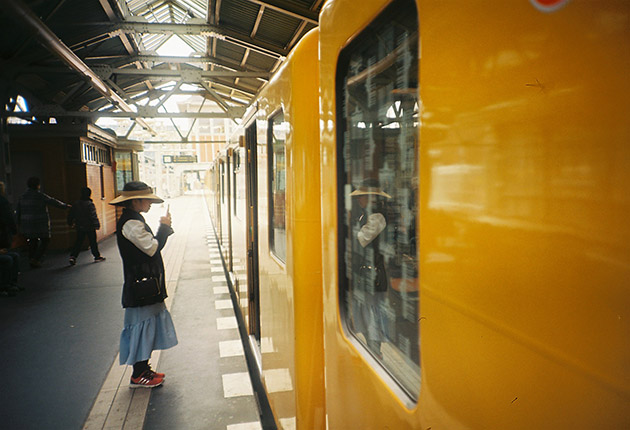
About spaces for creative experiment, talent development and empowerment of young people throughout Europe.
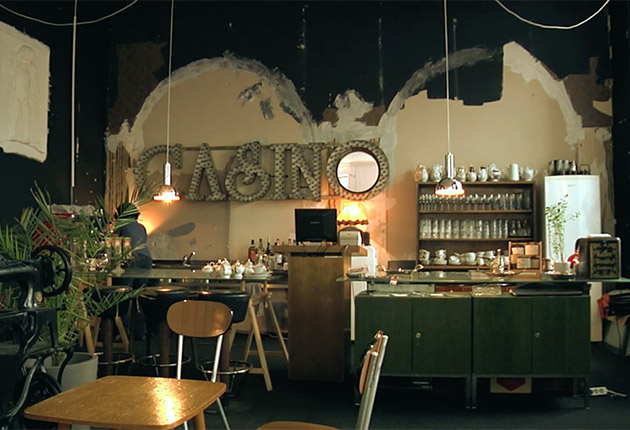
The place is in the old city center, on the main square, number 1. It used to be the main coffeehouse about a century ago, when the building was built, until the late 1980s when it became a casino for about 10 years.
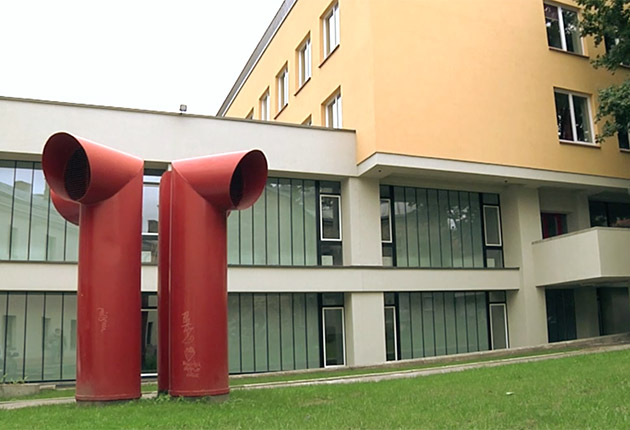
All the events created by the Uzupis republic are ritual events. They are not based on selling and buying tickets, but they are based on artist and people being all together and creating something in between at this very moment.
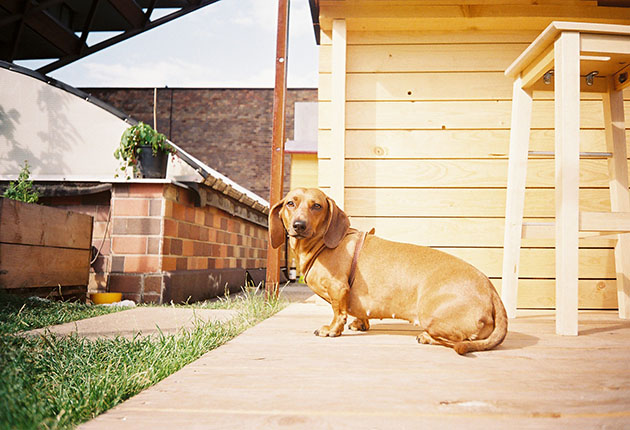
What we felt at the beginning, and we can still feel it now, the society including the political representation is quite conservative, and it is very hard to explain, what is the value of such a space and community.
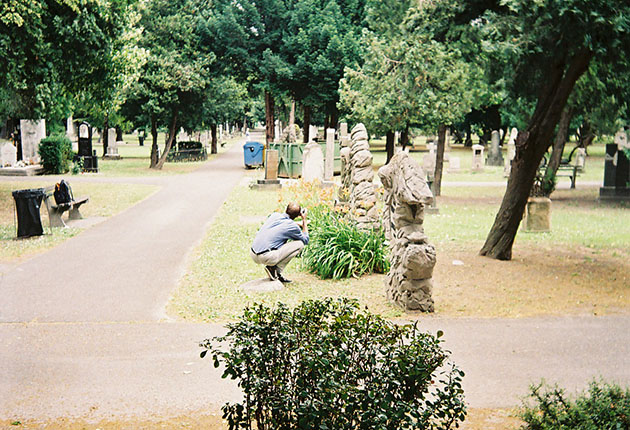
The most important think is to create and to elaborate on the strategy for sustainable cultural development and including cultural and creative industries but not limited to commercial enterprises.
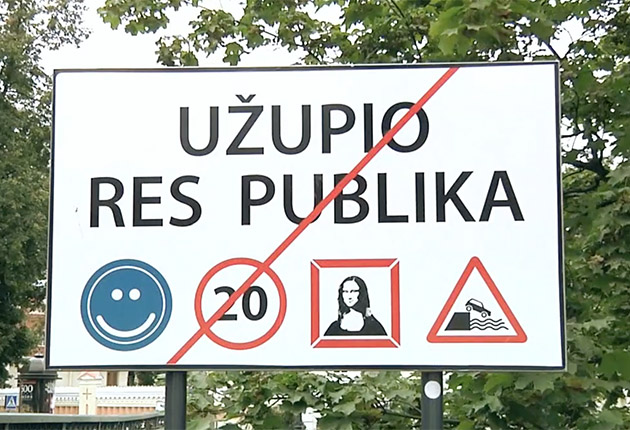
We cannot make creative things alone because we are dependent on public opinion inside. Everyone has to agree on doing something, and sometimes these agreements come crazily difficult, because we know that art has many roles.
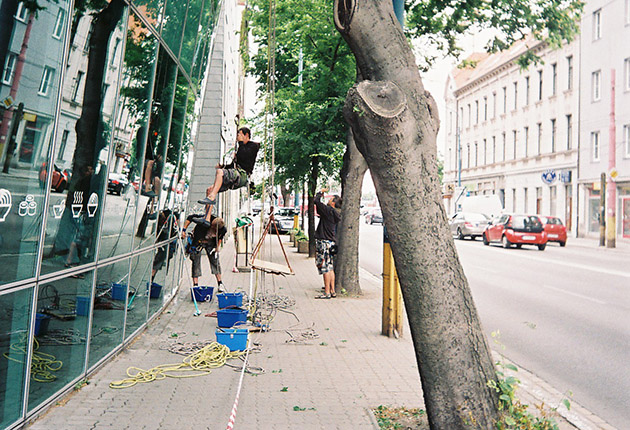
A4 is a funding member of a network of similar independent cultural centres in Slovakia, which is called Antena. And at the same time A4 is a proud member of Trans Europe Halles.

For the monthly expenses, we have here the house, which is really taking the biggest part of the municipality budget. And we are all the time creating the exhibitions, which are our main source of income at the moment.

Uzupis Art Incubator is created by two organizations. One of them is an alternative arts center, which was funded by artists. And the other organization is Vilnius municipality, which came with the funding.
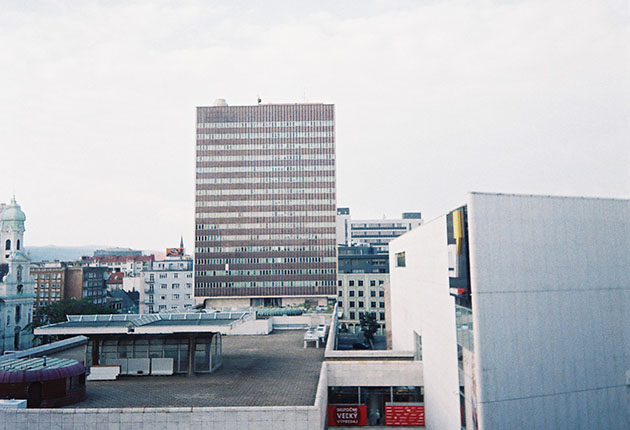
A4 is a cultural center that was established in 2004 in Bratislava. Originally it was an association composed of 4 independent civic initiatives that came from different backgrounds.
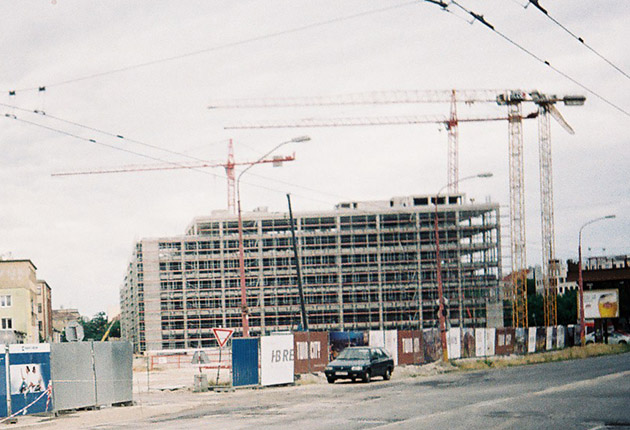
I believe that the very basic funding for independent cultural projects should be coming from the cities and from the regional governments, because they should be aware of what is happening on their territory.

Rajzefiber biro is a bureaux which provides and produces performative experience created by locals and art-facts made by Maribor's most special artists.
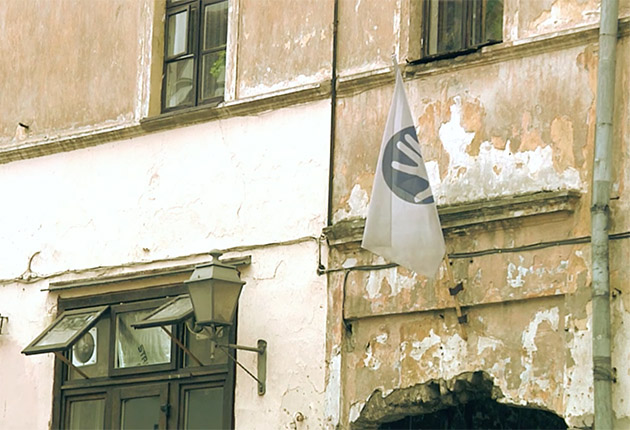
This place is the oldest art incubator in Baltic countries. And actually it became Incubator when nobody knew what art incubator is. For long time it was very unofficial and alternative art place.
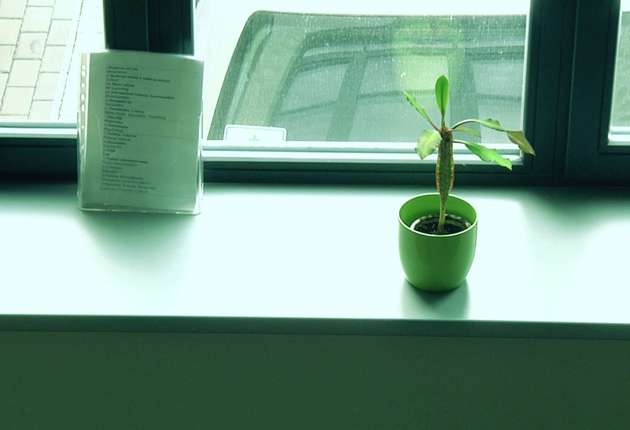
Of course the Ministry of Culture would answer this question in one way, some people from the sector would answer otherwise, the Ministry of Economy would answer in a third way.

I now have a mandate to develop the corporate sector in the Municipality. With my background, I know how art can transform organisations, private and public organisations.
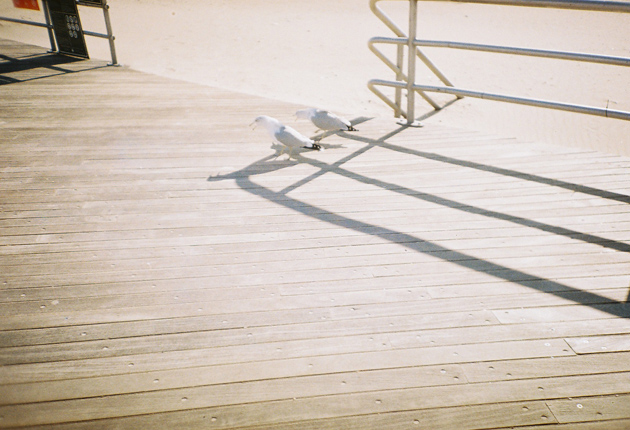
What I know by percentage from GDP in Lithuania it’s one of the lowest percentages in Europe, if we count per capita that which is given for culture.
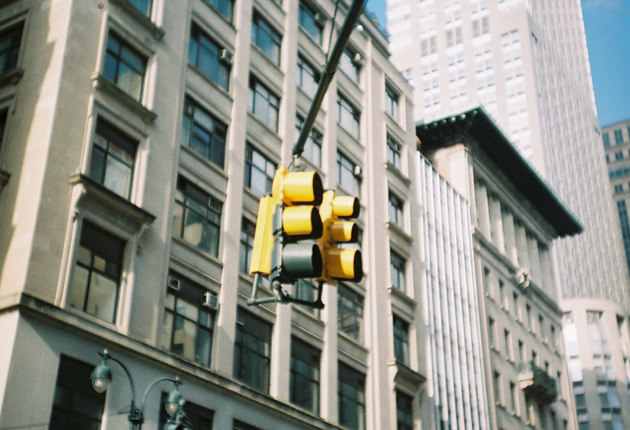
Creative industries can interact in cities, nations, and in businesses. This is key because we know that to give a larger space for artistic thinking in city development, in national development, and also in business development.
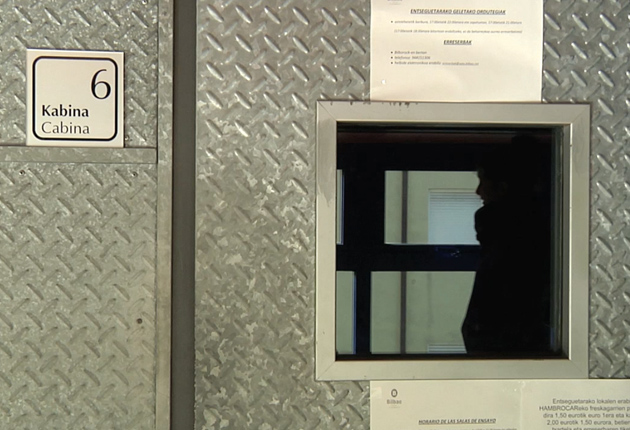
The BilboRock has an idea of community and it offers to young people a place to work, to stay and to use it for whatever they need. It is an open space for all the people that want to do here something.
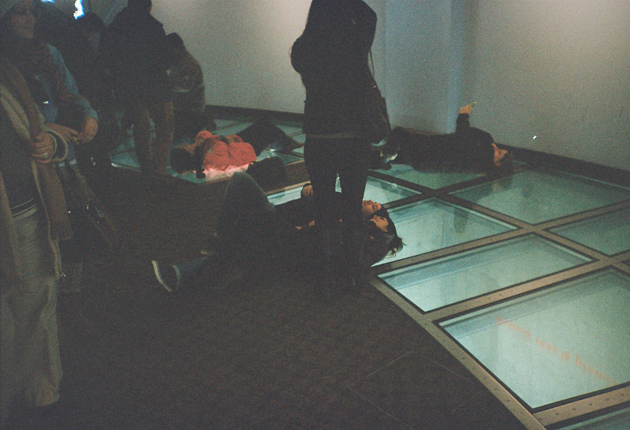
This is about exploring new ways of thinking, it’s exploring new kinds of worlds, so it’s not A B C. It could be A U Z.